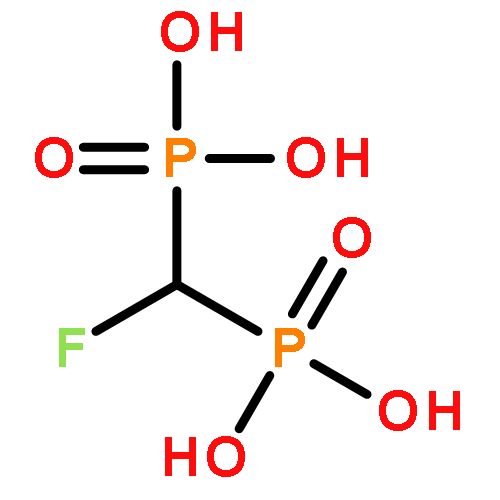Co-reporter: Keriann Oertell, Yue Wu, Valeria M. Zakharova, Boris A. Kashemirov, David D. Shock, William A. Beard, Samuel H. Wilson, Charles E. McKenna, and Myron F. Goodman
pp: 8491-8501
Publication Date(Web):October 8, 2012
DOI: 10.1021/bi3010335
Recently, we synthesized the first individual β,γ-CHX-dGTP diastereomers [(R)- or (S)-CHX, where X is F or Cl] and determined their structures in ternary complexes with DNA polymerase β (pol β). We now report stereospecificity by pol β on the mixed β,γ-CHX diastereomer pairs using nuclear magnetic resonance and on the separate diastereomers using transient kinetics. For both the F and Cl diastereomers, the R isomer is favored over the S isomer for G·C correct incorporation, with stereospecificities [(kpol/Kd)R/(kpol/Kd)S] of 3.8 and 6.3, respectively, and also for G·T misincorporation, with stereospecificities of 11 and 7.8, respectively. Stereopreference for the (R)-CHF-dGTP diastereomer was abolished for kpol but not Kd with mutant pol β (R183A). These compounds constitute a new class of stereochemical probes for active site interactions involving halogen atoms. As Arg183 is unique in family X pols, the design of CXY deoxyribonucleotide analogues to enhance interaction is a possible strategy for inhibiting BER selectively in cancer cells.
